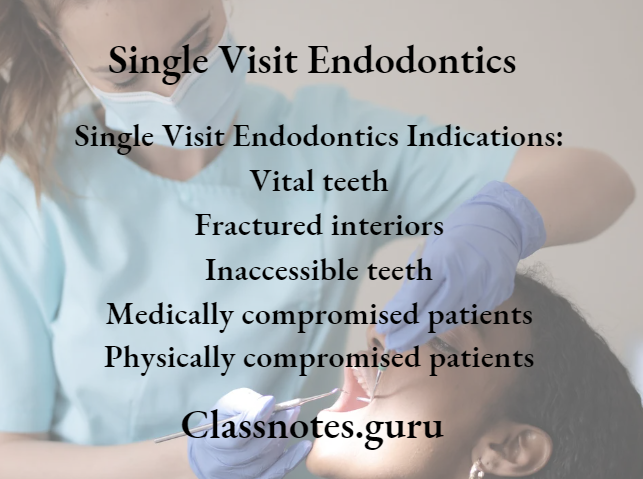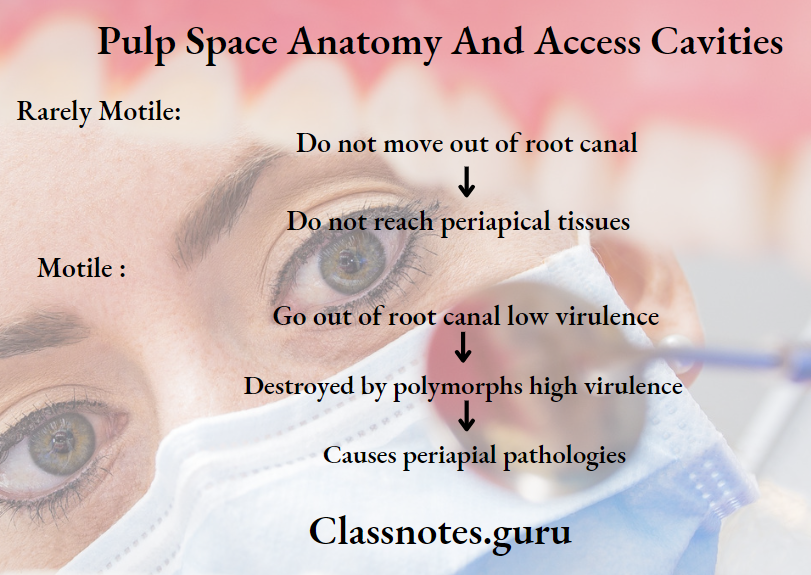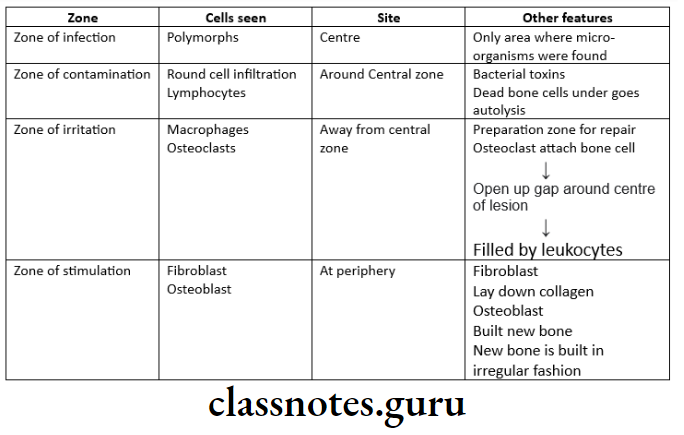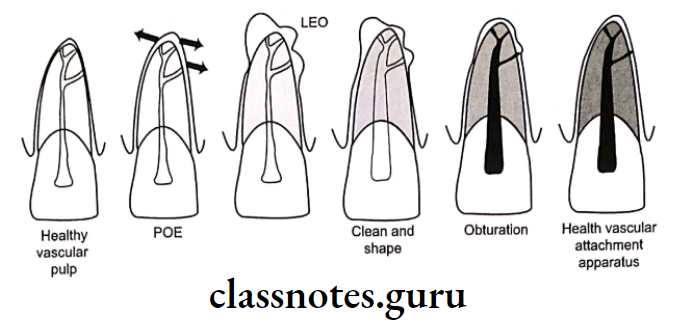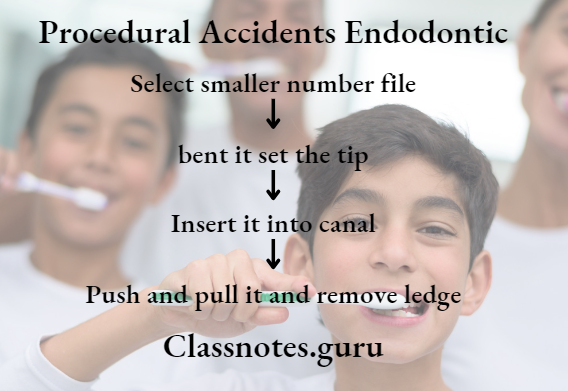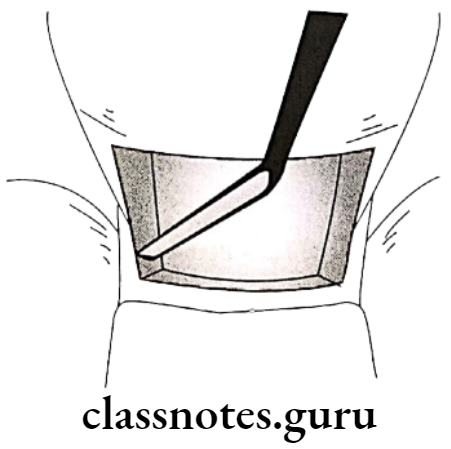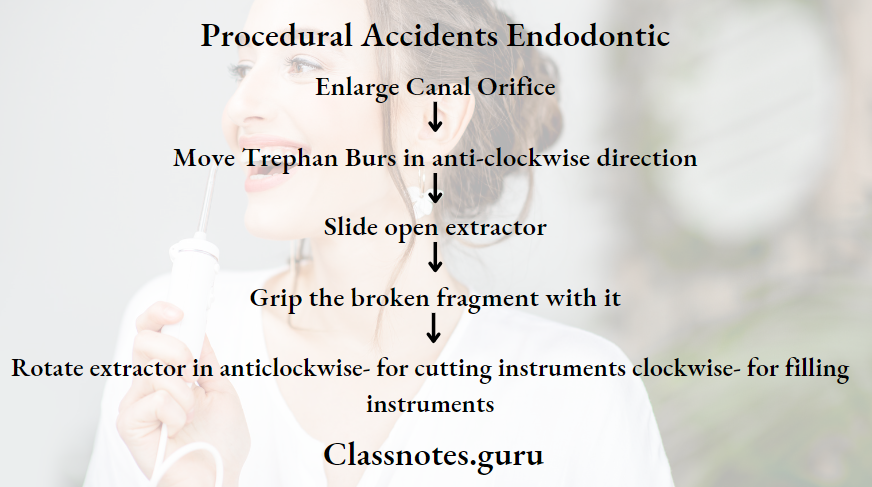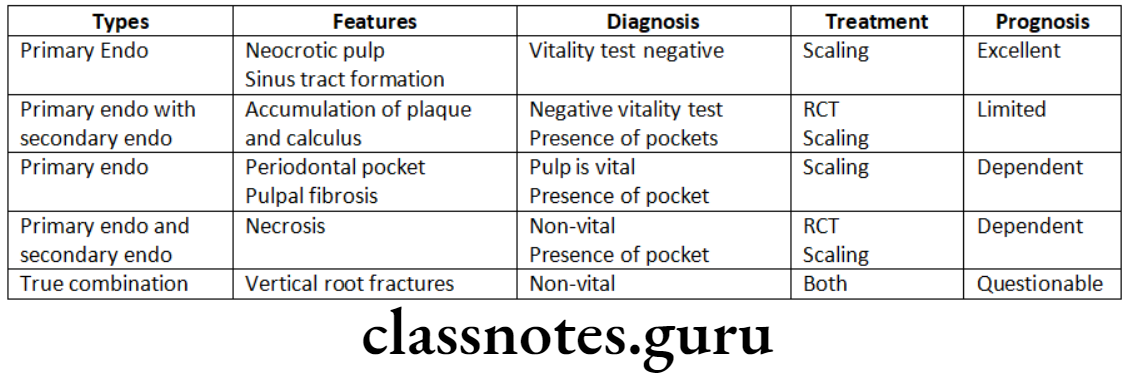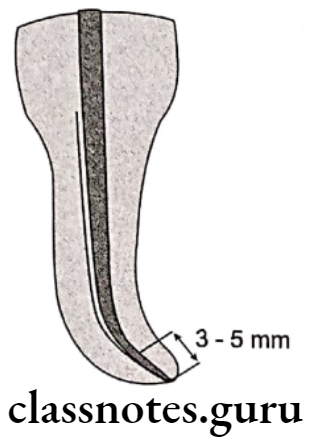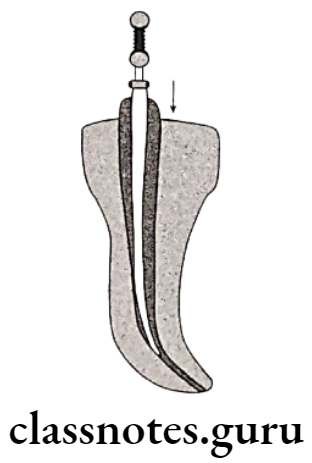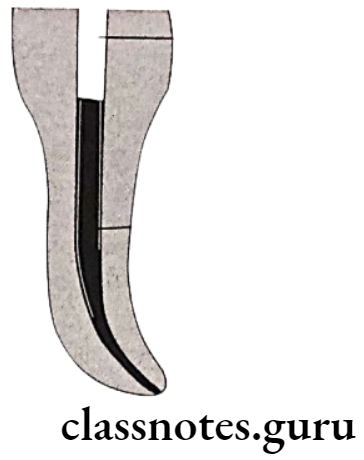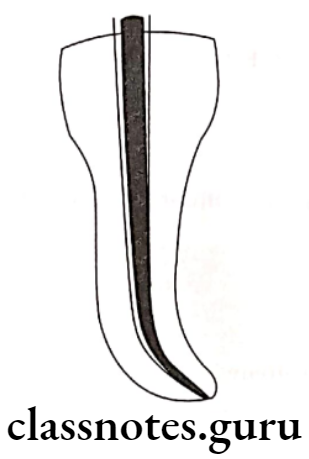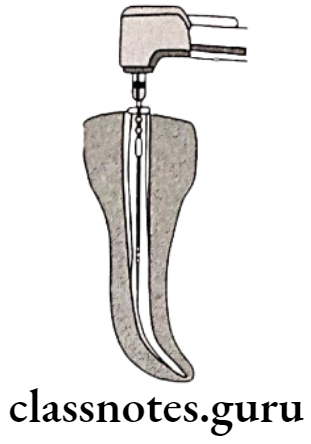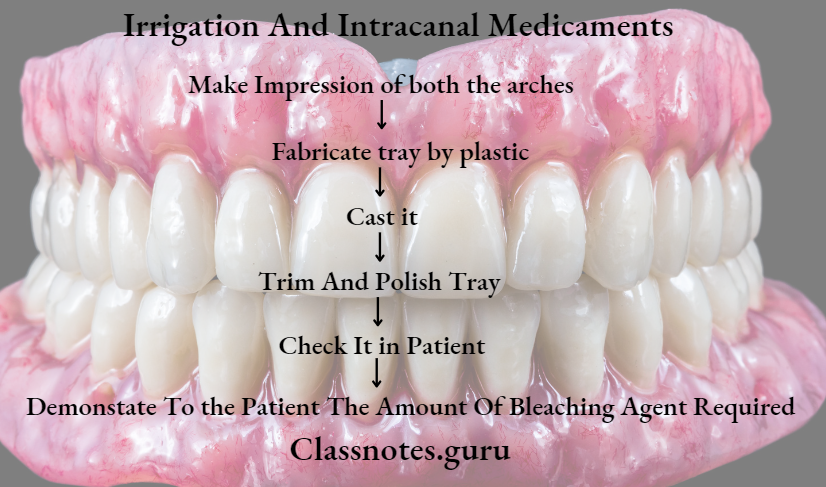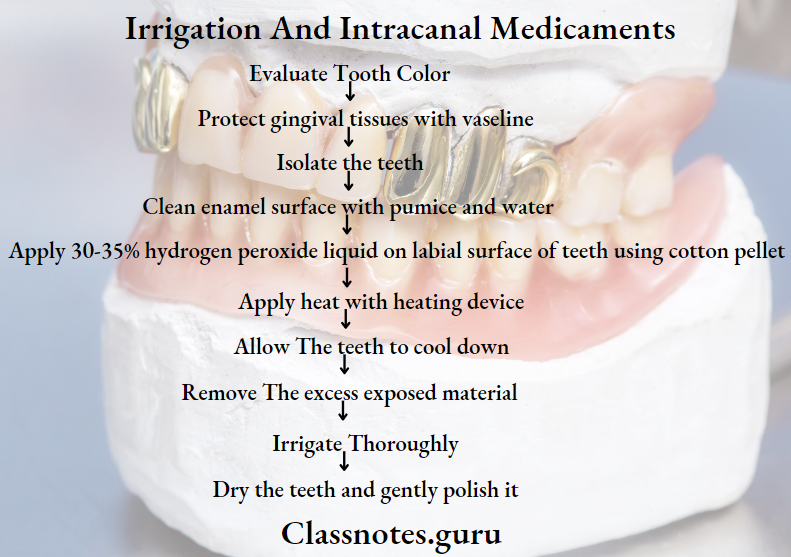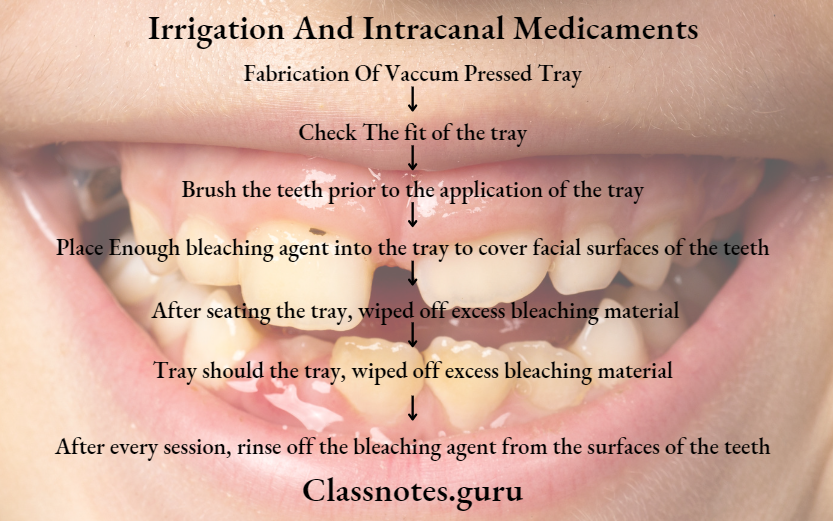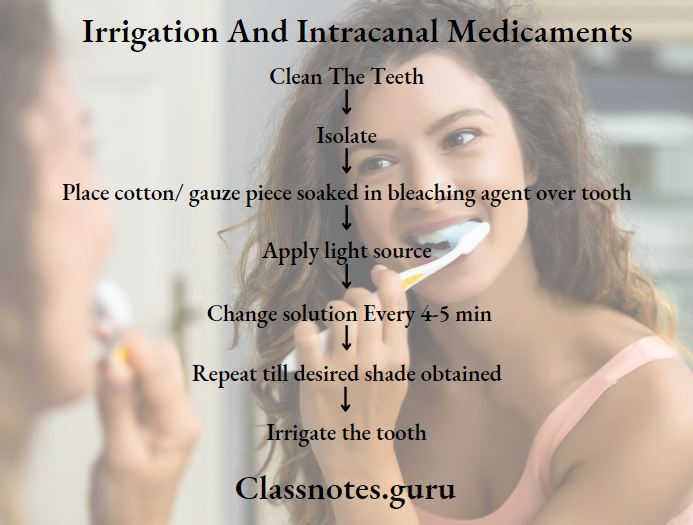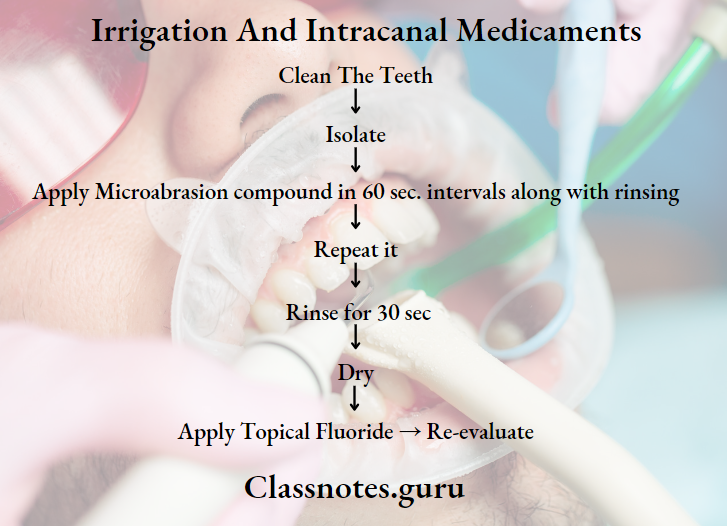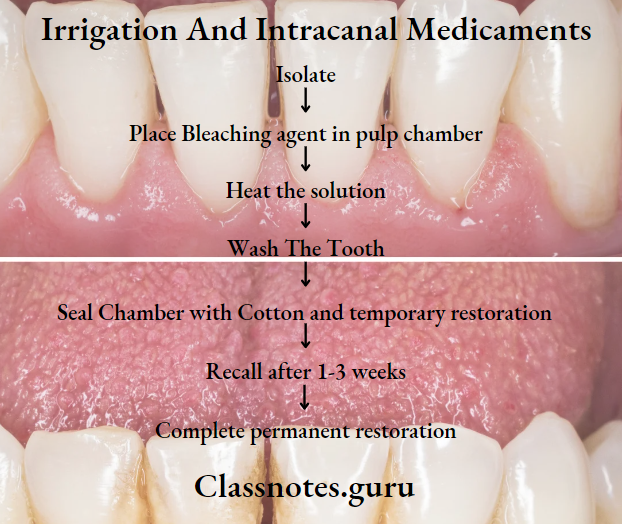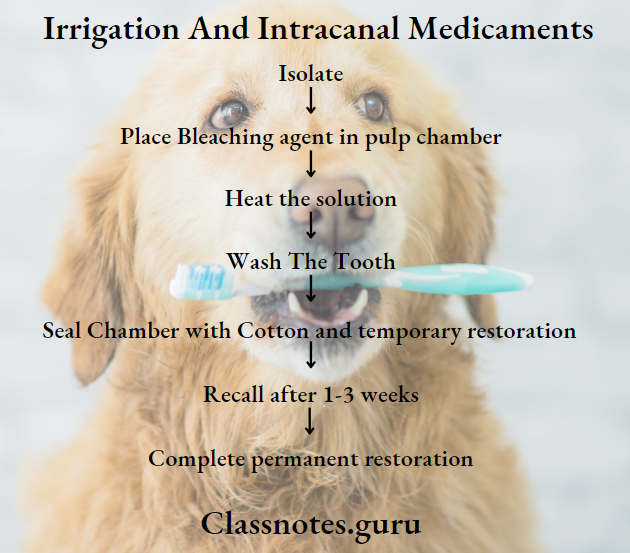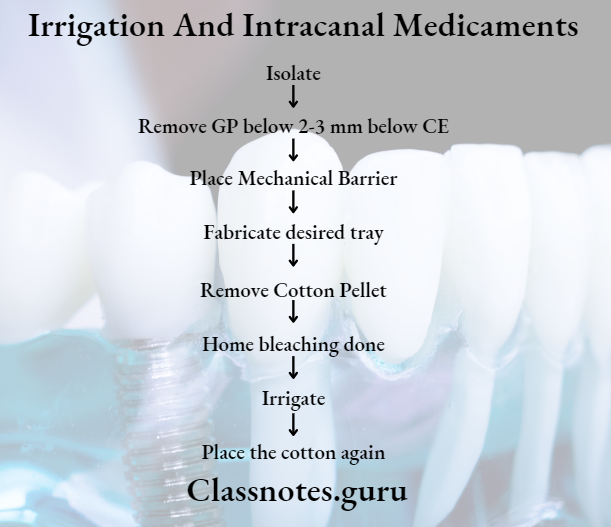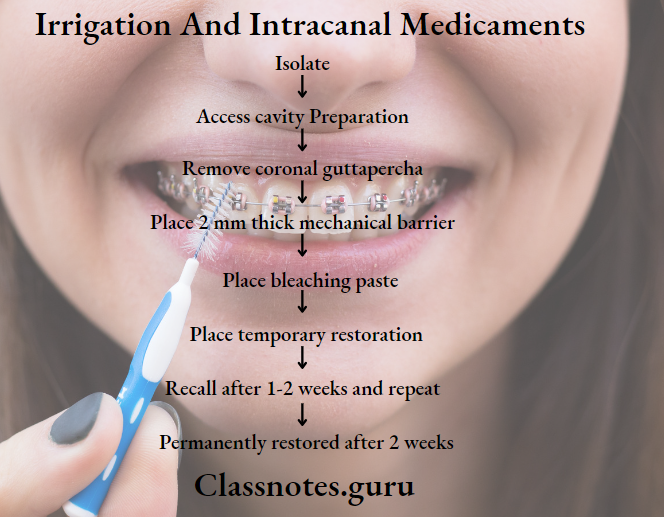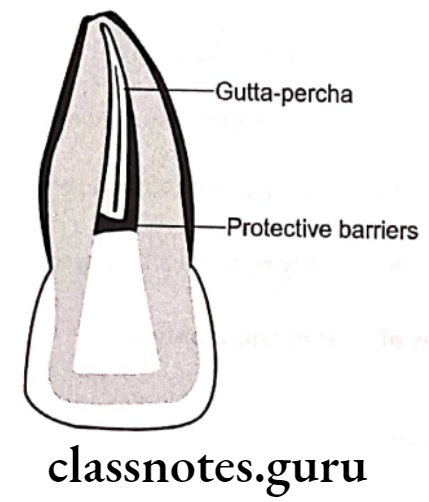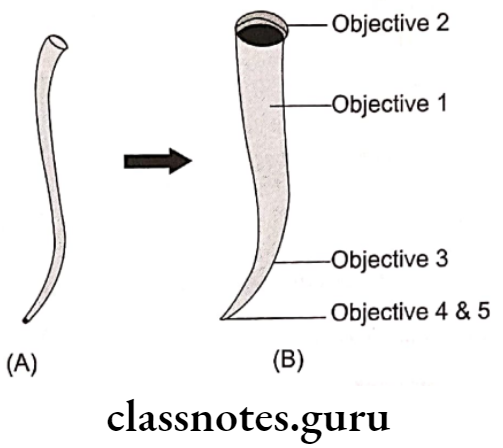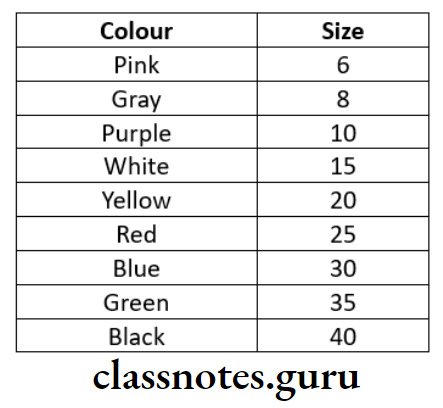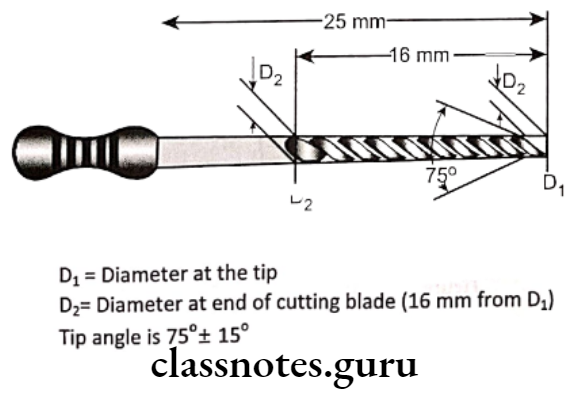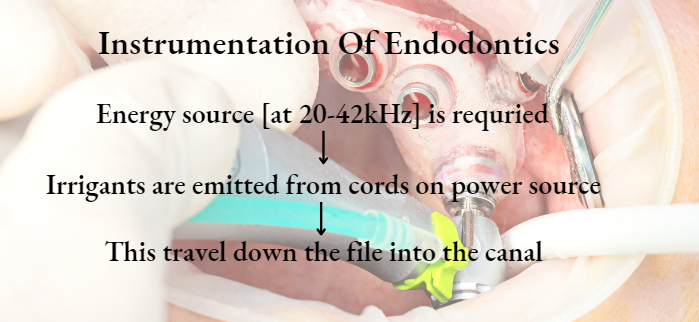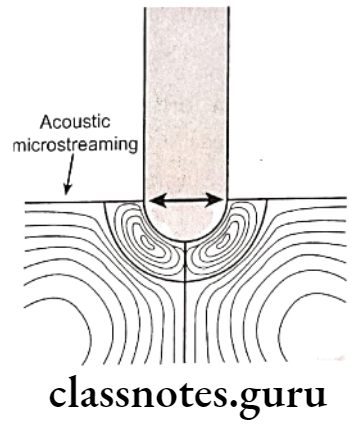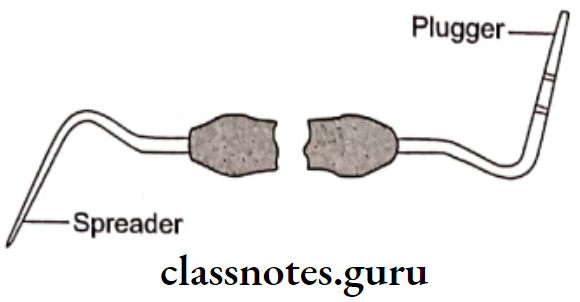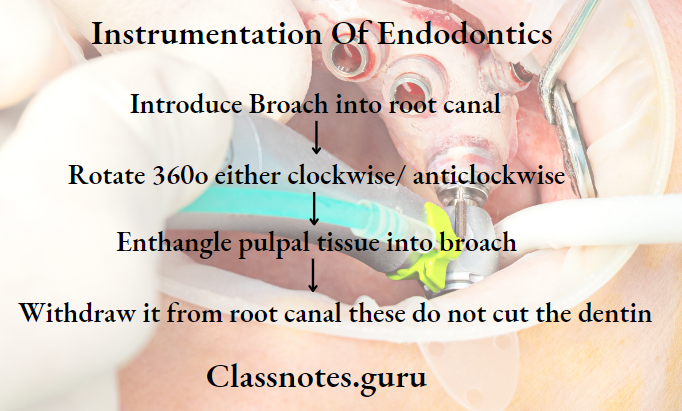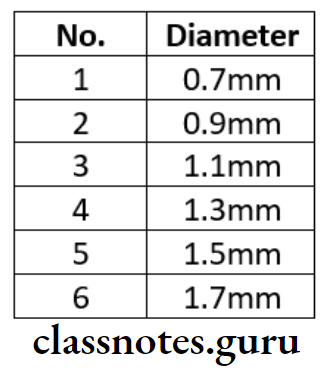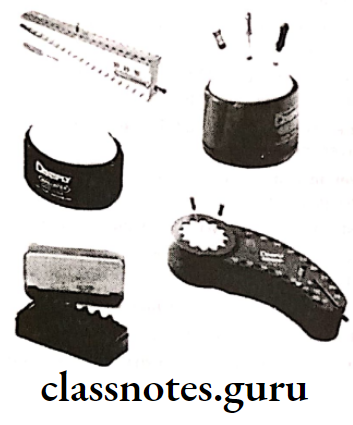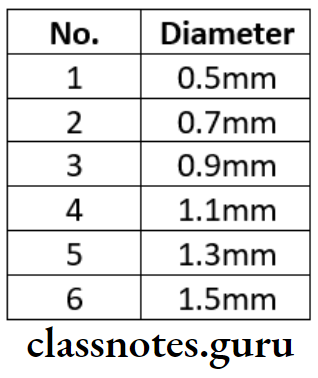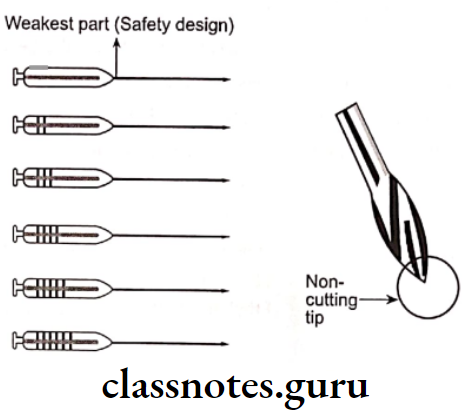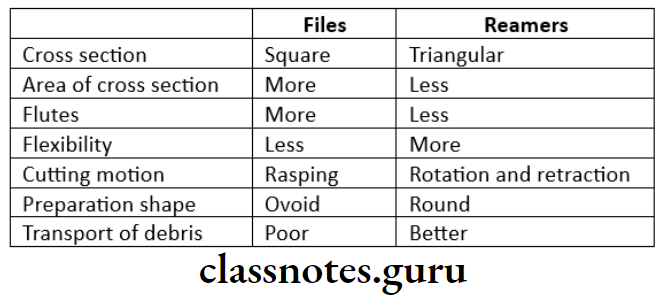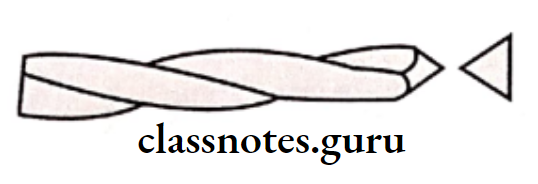Surgical Endodontics Important Notes
- Cardinal principles of flap design
- The base of the flap should be wider than the free end to ensure adequate circulation into the flap
- The sutured flap margins should rest on sound bone
- Incision should be made with a firm, continuous stroke, perpendicular to cortical bone
- Short, intermittent incisions result in tissue tags and ragged margins
- Trephination is a type of artificial fistulation in which the cortical bone is perforated to release the build-up pressure and exudate around root apex to release pain
- Semilunar Incision
- Bemilunar Incision Advantages
- High healing potential
- Minimal bone damage
- Semilunar Incision Disadvantages:
- Inaccessibility
- Excessive haemorrhage
- Delayed healing
- Scarring
- Bemilunar Incision Advantages
- Replacement resorption
- It is characterized by gradual root resorption including periodontal ligament, cementum, and dentin of root with replacement by bone, and finally the tooth becomes ankylosed
- It is considered a success of replanted tooth
- Best storage media for avulsed tooth
- Tooth socket
- Patient’s saliva
- Milk
- Water
- Transport media for avulsed tooth
- HBSS [Hank balanced salt solution]
- Coconut water
- Saliva
- Vestibule of mouth
- Milk
- Saline
- Water
- Viaspan
- CPP – ACP [Casein Phosphopeptide – Amorphous Calcium Phosphate]
- Contraindications of periradicular surgery
- Proximity to anatomic structures
- Serious systemic health problems
- Emotionally distressed patient
- Inaccessible surgical sites
- Teeth with poor prognosis
- Types of post
- Tapered or parallel
- Tapered posts
- They are the least retentive of all posts
- Produces high incidence of root fracture
- Concentrates stress at the post-core junction
- Parallel posts
- More retentive
- Less incidence of root fracture
- Concentrates stress apically on the post
- Tapered posts
- Threaded or non-threaded
- Threaded posts
- Produces the greatest potential for root fracture
- Recommended for post-endodontic restorations
- Non-threaded posts
- Produces the least stress
- Have the least tendency for root fracture
- Threaded posts
- Metallic or non-metallic
- Tapered or parallel
- Stitch abscess may develop due to
- Local laceration of tissue
- Accumulation of debris at the site of suturing
- Tying of knot in the line of incision
Surgical Endodontics Procedures
Surgical Endodontics Short Essay
Question 1. Indications for periapical surgery. Add a note on flap designs
Answer.
Indications Of Periapical Surgery:
Surgical Drainage:
- Failed non-surgical treatment
- Calcified metamorphosis of pulp space
- Horizontal fracture at the root tip
- Iatrogenic errors
- Anatomic variation
- Biopsy
- Corrective surgery
- Replacement surgery
- Implant surgery
- Exploratory surgery
Read And Learn More: Endodontics Question and Answers
Flap Designs
- Semilunar Flap:
- It is a curved horizontal incision with the convex portion of the incision towards the gingival crest
- The incision begins at the mesiobuccal fold and follows a half moon path
- Semilunar Flap Indications:
- When incisors are involved
- Semilunar Flap Advantages:
- Simple
- Easy to reflect
- Easy to maintain oral hygiene
- Gingival attachment is not disturbed
- Semilunar Flap Disadvantages:
- Restricted access with limited visibility
- Limited use
- Luebke Oschenbein Flap:
- Named after Luebke and Oschenbein
- It is a modified semilunar flap in which a scalloped horizontal incision is made in the attached gingiva with vertical incisions
- Luebke Oschenbein Flap Advantages:
- Greater access and visibility
- The flap is easily displaced and sutured
- Marginal gingiva is not disturbed
- Luebke Oschenbein Flap Disadvantages:
- Scarring is possible
- Triangular Flap:
- Indicates for surgery involving short rooted teeth
- An incision along the gingival border forms the base of the triangle
- A single vertical incision is carried far into the alveolar mucosa
- Vertical incision is made between the root eminences of teeth
- Triangular Flap Advantages:
- The possibility of incision crossing the lesion is eliminated
- Triangular Flap Disadvantages:
- Retraction is difficult
- Trapezoidal Flap:
- Two oblique incisions are made and the entire flap is retracted toward the vestibule
- Horizontal incisions are made to separate the flap
- Trapezoidal Flap Advantages:
- Good accessibility
- Convenient method
- Trapezoidal Flap Disadvantages:
- Gingival tissue attachment is lost
Apicoectomy In Endodontics
Question 2. Apicectomy.
Answer.
Apicectomy
Apicectomy is the ablation of the apical portion of the root end attached to soft tissues.
Apicectomy Indications:
- Anatomical anomalies
- Persistent infections
- Need for biopsy
- Medical reasons
- Lack of time
- Over fillings
Apicectomy Contraindications:
- Systemic diseases
- Deep pockets
- Acute infection
- Short root length
Apicectomy Preparation:
- Class 1 preparation – 3 mm into root dentin
- Walls are made parallel to pulp space
- Remove all isthmus tissue
- 0-10 bevel is given
- Reset upto 3 mm of the apical portion
- Seal the apical portion
- Closure of flap
- Suturing
Apicectomy Complications:
- Bleeding
- Damage to the neighboring root
- Entry into nerve
- Abscess
- Fenestration
- Increased mobility of tooth
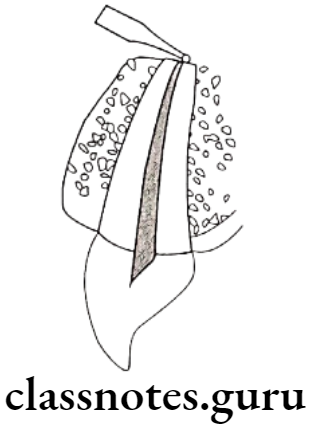
Endodontic Surgery Indications
Question 3. Root end Filling Materials/Retrograde filling materials.
Answer.
Root End Filling Materials Properties:
- Root End Filling Materials Should be well-tolerated
- Root End Filling Materials Should adhere to the tooth surface
- Root End Filling Materials Should be stable
- Root End Filling Materials Should be resistant
- Root End Filling Materials Should be bactericidal
- Root End Filling Materials Should be noncorrosion
- Root End Filling Materials Should not stain
- Root End Filling Materials Should be radiopaque
Root End Filling Materials:
- Amalgam:
- Radiopaque
- Well tolerated
- Slow setting
- Dimensionally unstable
- ZOE:
- Weak
- Long setting time
- Irritation due to Eugenol
- IRM:
- Higher success rate
- Super EBA:
- Low solubility
- Radiopaque
- MTA:
- Least toxic
- Hydrophilic
- Radiopaque
- Composite Resin:
- Technique sensitive
- Gold Foil:
- Glass Ionomer:
- Cavit:
- Available in single-paste forms
Question 4. Post and Core.
Answer.
Root End Filling Post: Root End Filling Post is a rigid restorative material placed in the root of a non-vital tooth.
Root End Filling Core: Root End Filling Post is a supragingival portion that replaces the missing tooth structures
Root End Filling Functions Of Post
- Retains core
- Distributes stresses
Root End Filling Requirements Post:
- Provide maximum protection
- Provide maximum retention
- Easy to place
- Less technique sensitive
- Biocompatible
- Easy to retrieve
- Be esthetic
- Not expensive
Root End Filling Core:
- Biocompatible
- Easy to manipulate
- Sufficient strength
- Stable
- Cheap
- Easily available
Root End Filling Materials:
Root End Filling Post:
- Gold
- High platinum
- Co-Cr-Mo alloys
- Stainless steel
- Titanium
- Carbon fiber
- Zirconium
- Glass fiber
- Plastic
Root End Filling Core:
- Dental amalgam
- Resin modified GIC
- Composite resin
- Cast core
Root-End Filling Materials
Question 5. Effect of Dental Procedures on Pulp.
Answer.
- Effect Of Dental Caries:

- Effect Of Tooth Preparation: Causes aspiration of nuclei of odontoblast
- Remaining Dentin Thickness [RDT]: Dentin permeability increases with decreased RDT
- Effect Of Local Anaesthesia:
- Reduces blood flow
- Increases irritants
- Calcium Hydroxide:
- Causes demineralization
- Stimulate fibroblast
- Reparative dentin formation
- Zinc Oxide Eugenol:
- Reduce nerve impulse
- Zinc Phosphate:
- Toxic to pulp
- GIC:
- Antocariogenic
- Amalgam:
- Inflammation
- Inhibition of reparative dentin formation
- Cytotoxic effect
- Copper is toxic
- PIN Insertion:
- Dentinal fractures
- Irritation to pulp
Question 6. Replanation/Intentional Replanation.
Answer.
Replantation/Intentional Replantation
Intentional Replantation is the intentional removal of the tooth and its reinsertion into the socket after retrograde obturation and resection of the root tip.
Replantation Indications:
- Broken instruments in canals
- Calcified canals
- Over filling
- Curved canals
- Presence of foreign body in periapical tissue.
Replantation Contraindications:
- Medically compromised
- Periodontal involvement
- Missing buccal/lingual plate
- Nonrestorable tooth
Replantation Technique:
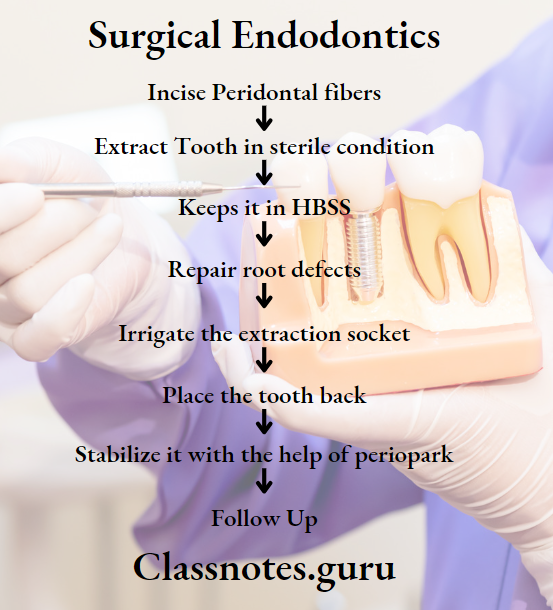

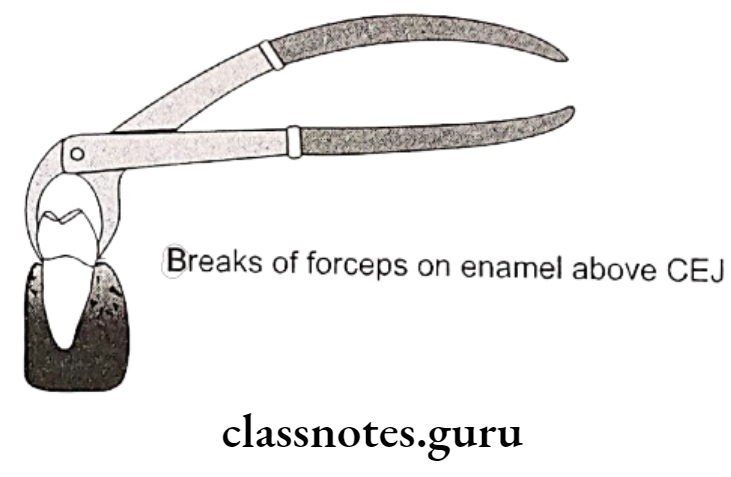
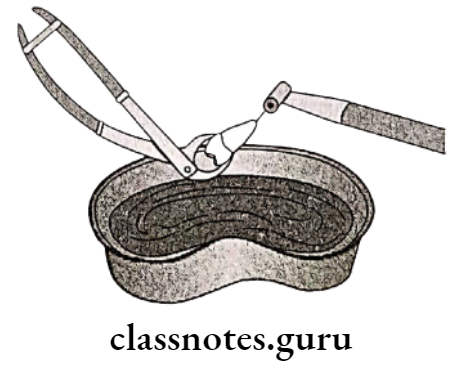
Microsurgical Endodontics
Question 7. Types and indications of Periradicular surgery.
Answer.
Peri-Radicular Surgery:
- Curettage
- Biopsy
- Root end resection
- Corrective surgery
- Replacement surgery
- Implant surgery
Peri-Radicular Surgery Indications:
- Surgical drainage
- Failed non-surgical treatment
- Calcified metamorphosis of pulp space
- Horizontal fracture at the root tip
- Iatrogenic errors
- Anatomic variation
- Biopsy
- Corrective surgery
- Replacement surgery
- Implant surgery
- Exploratory surgery
Peri-Radicular Surgery Contra-Indications:
- Mobile tooth
- Pockets
- Leukemic patients
- Cardiac surgery
- Uncontrolled hypertension
- Uncontrolled bleeding disorders
- Immuno-compromised patients
- The first trimester of pregnancy
- Apprehensive patient
- Short root length
- Proximity to vital structures
- Non-restorable tooth
- Non-strategic tooth
Question 8. Indications of endodontic surgery.
Answer.
Indications of endodontic Surgical drainage:
- Failed non-surgical treatment
- Calcified metamorphosis of pulp space
- Horizontal fracture at the root tip
- Iatrogenic errors
- Anatomic variation
- Biopsy
- Corrective surgery
- Replacement surgery
- Implant surgery
- Exploratory surgery
Surgical Endodontics Short Questions And Answers
Question 1. Flaps in Endodontics.
Answer.
Flaps In Endodontics Classification:
- Full mucoperiosteal flap
- Triangular
- Rectangular
- Trapezoidal
- Horizontal
- Limited mucoperiosteal flap
- Sub-marginal curved
- Sub-marginal scalloped rectangular
Apicoectomy In Endodontics
Question 2. Ochsenbein – Luebke Flap.
Answer.
Ochsenbein – Luebke Flap
- By Neumann
Ochsenbein – Luebke Flap Design:
- Vertical incision on either side of the surgical site
- Horizontal incision along attached gingiva.
Ochsenbein – Luebke Flap Advantages:
- Unaltered attachment level
- Unexposed bone
- Accessibility
- Good healing
Ochsenbein – Luebke Flap Indications:
- Gingivitis/periodontitis
- Bony dehiscence
Ochsenbein – Luebke Flap Disadvantages:
- Disturb blood supply
- Flap shrinkage
- Limited apical orientation
- Scar formation
- Difficult wound closure
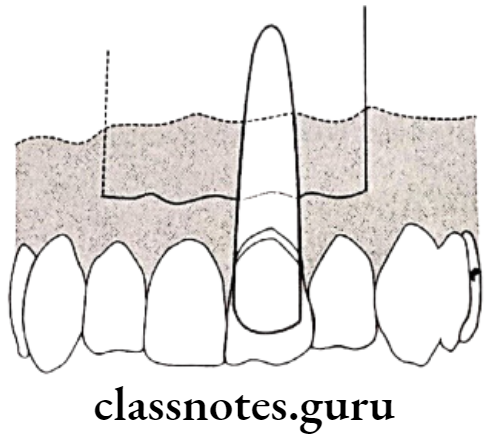
Endodontic Surgery Indications
Surgical Endodontics Viva Voce
- Excessive hemorrhage during apical surgery is controlled by placing epinephrine epinephrine-containing solution in the surgical site
- In apicoectomy, a typical surgical flap used should extend one or two tooth/teeth laterally
- Parallel port is the best-preferred post
- Splinting should be removed in 7-10 days
- Hanks balanced solution is an isotonic salt solution used for preserving avulsed teeth
- Apical surgery is done with great caution on mandibular bicuspids because of their proximity to the mental foramen
- Paraesthesia is common in the mandible, especially in the premolar and molar region
- Ecchymosis results in skin discoloration from extravasation and the breakdown of blood adjacent to the surgical area
- Endodontic surgery should be avoided on lingual surfaces of molars or external oblique ridge of the mandible due to inaccessibility and difficulty in gaining access to the surgical site

